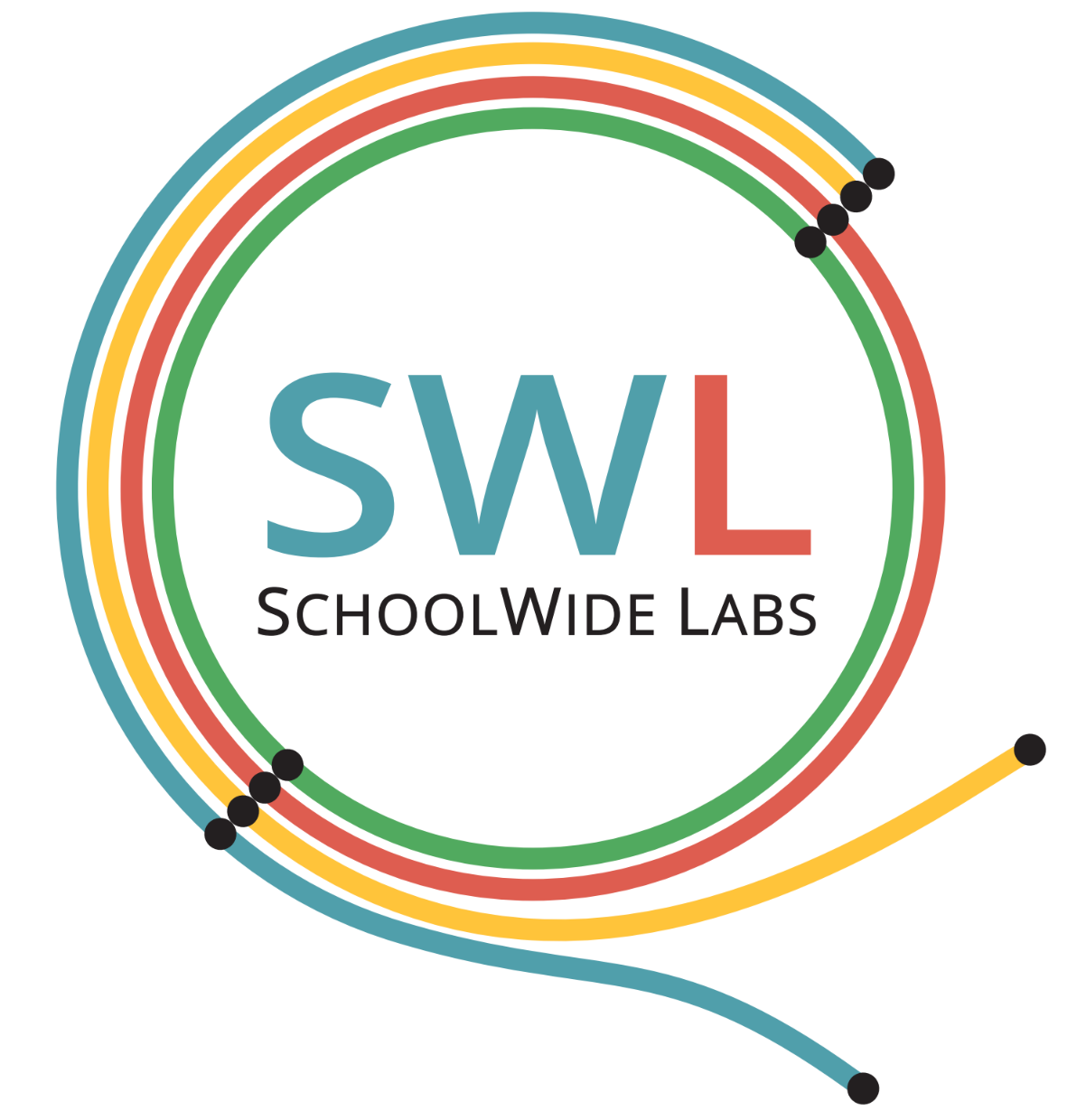Overview
SchoolWide Labs (SWL) is a research and practice partnership program focused on integrating Computational Thinking (CT) into middle school science and STEM classrooms in a way that complements and enhances students’ science learning. Teachers in partner school districts participate in ongoing professional learning in which they learn to use sensor technology and Next Generation Science Standards (NGSS) aligned science instruction to promote their students’ computational thinking.
What does SWL do?
The program and its projects create resources that enable students to use programmable sensor technology to conduct a variety of data-enabled science and engineering investigations. All of the investigations are rooted in personally relevant questions and can be implemented by teachers who are themselves beginning users of the technology. An important goal is for teachers and students to envision a new type of “school-wide science lab” - moving beyond specialized classrooms where students go to conduct experiments to imagining the entire school and neighboring community as a space for scientific inquiry using sensors. The SWL research team then studies the affordances, challenges and impacts of integrating science curriculum with hands-on, technology-supported learning experiences that are designed to promote CT.
Co-design and Storylines
Working in partnership with teachers, we have co-designed curriculum that includes coherent, relevant, and engaging lessons for students. Each curricular unit is referred to as a “storyline” -- meaning a set of lessons that are driven by student questions about a specific design challenge or scientific phenomena. The storylines include a specific mapping on to identified performance expectations in the NGSS as well as science and engineering practices infused with CT practices.
Teachers can use these storylines, along with targeted professional learning experiences, to support the integration of CT into middle school science and STEM classrooms and in out of school settings, particularly through the use of sensor technology.


